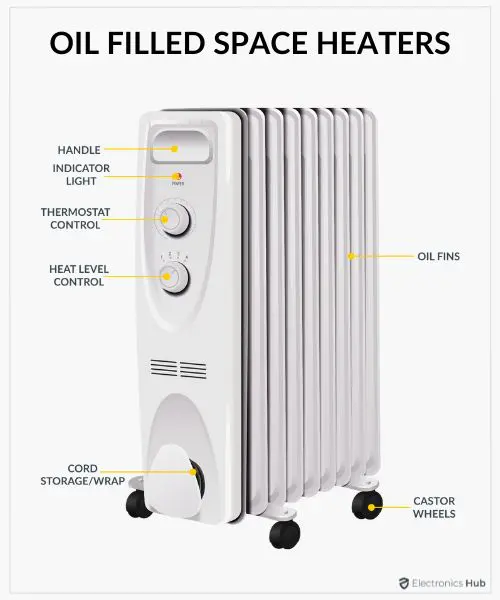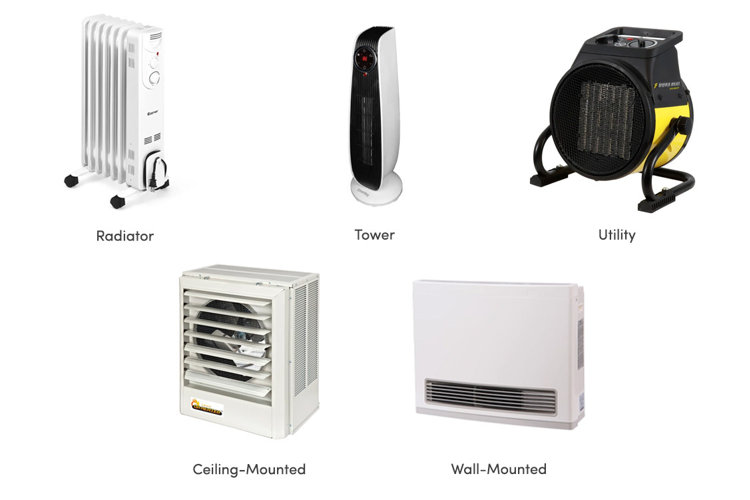See This Report on 1 Source Portable Air
Table of Contents7 Easy Facts About 1 Source Portable Air ShownAll about 1 Source Portable AirThe Ultimate Guide To 1 Source Portable AirAn Unbiased View of 1 Source Portable AirAn Unbiased View of 1 Source Portable Air
Running costs are based upon an electrical power rate of 40c/kWh. The expenses for 3 months' usage in winter season are based upon 500 hours utilize, or about 6 hours per day for 3 months. Optimum warm result is based on the optimum wattage of the versions we've checked (we concentrate on greater wattage heating units).
On average, small fan heaters are less expensive to acquire, however can have higher running costs. Oil column heating systems will be the least expensive on the market to run (on standard) however only by a narrow margin in advance of convection heating units (like panel and micathermic panels).
The 6-Minute Rule for 1 Source Portable Air
If you have a reversible ceiling fan, it'll aid distribute the warmth around the space more uniformly. A number of costly heating systems have fallen short to impress our testers, while some more affordable versions make for remarkably excellent buys.
As the name recommends, they emit heat from a red-hot home heating component (so the family members will have to take turns resting in front of it). Radiant heating units are fairly low-cost.
Radiant heating systems generally cost in between $20 and $200. Oil-filled column heating units do not really shed oil they make use of electrical energy to warm the oil that's secured inside their columns or 'fins'.
1 Source Portable Air - The Facts
Some column heating units aren't even oil-filled however rather make use of various other product or heating modern technology to function similarly - 1 Source Portable Air. The risk of fire with an oil column heater is low contrasted to various other heating system kinds, but never no. Oil heaters don't have exposed elements like glowing heating units do, and their surface area temperature level is lower than numerous other heating system kinds (their big surface area offsets it)
Oil column heating units won't blow up, and while they do not shed their oil to create warm, it's still combustible, so there is a fire threat if the oil leaks, if the heating unit topple and leakages, or if combustible objects or textile enter get in touch with or drop on the heating system. You need to work out the very same degree of care with oil heating units when it comes to various other heating unit kinds, and never ever hang towels or clothing over one to dry them use a drying out shelf instead, at least one metre away.
Column heating units are particularly valuable in rooms where they'll be switched over on for extended periods of time or where they'll run neglected, such as over night in a bed room. The surfaces you're most likely to discuss a column heating unit don't get as hot as various other kinds of electrical heaters. You can use a ceiling follower on really low speed to aid the column heater to distribute the warm quicker and a lot more uniformly.
If there's not much Website air motion (for instance, if you're resting analysis or seeing television), the warmth might not be dispersed equally. Oil-filled column heaters normally set you back in between $50 and $450. Convection and panel heaters draw cool air over an electric burner. The warmed up air then leaves the heating system and increases in the direction of the ceiling, while cooler air relocations in to change it.
Indicators on 1 Source Portable Air You Need To Know

Convection and panel heating systems are a lot more portable than their oil-filled column heater equivalents because they're substantially lighter. They'll heat the air in a room evenly and promptly. Like a column heater, you can make use of a ceiling fan on very reduced speed to disperse the heat quicker and more equally. Some designs, specifically panel heating systems, are somewhat expensive to get.

Some Known Incorrect Statements About 1 Source Portable Air
Follower heaters are commonly smaller sized and a lot more mobile than other electric heating systems. They also are available in the type of tower follower heating systems, which can be much better for distributing warm around bigger rooms as a result of their taller profile. They can heat her response the air in a space extra rapidly, uniformly and swiftly than a few other heating unit kinds.
Fan heating units (ceramic or otherwise) normally expense between $60 and $900. Ceramic follower heating units aren't necessarily any kind of various in cost to non-ceramic designs.